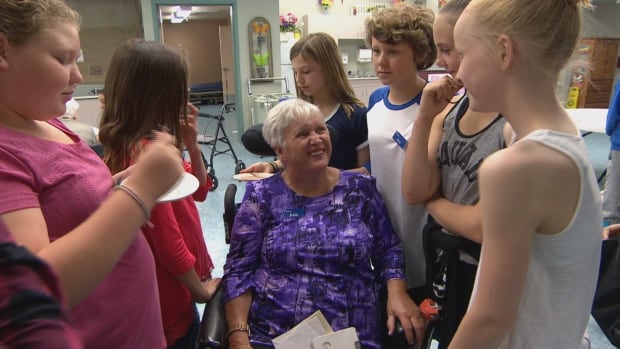
On Sept 15th, C.A.R.P. Ottawa provided a webinar on The Eden Alternative with speaker Suellen Beatty, CEO Sherbrooke Community Centre and Co-Regional Coordinator for Eden Alternative in Western Canada. Nearly 100 persons registered for this event and those that did attend were very pleased with the speaker and content.
The Eden Alternative is a philosophy of care that focuses on relationships. The philosophy has seven domains of well-being which residents and staff focus on to create a home. Their goal is to create a human habitat where people thrive and grow. They care for the human spirit as well as the human body. The staff know that people need to have a reason to get out of bed each morning, so they spend time focusing on what brings pleasure to each person and then they try to provide that program or activity at Sherbrooke.
Within Sherbooke Village, they welcome intergenerational communities: a Day Care Centre of 36 children on site who bring joy and pleasure to the residents: an Igen (Intergenerational) Program where a class of Grade 6 students use space at Sherbrooke for their classroom studies. In between, they build relationships with the residents.
To see a video recording of the webinar, click here.
What is needed to change an institutional model LTC home into Eden Alternative home? It requires a change in attitudes, beliefs, and behaviours. It requires a culture change which allows the resident to direct the type of life they wish to live and staff who are fully engaged and valued. It requires leaders who become coaches and empower others.
Wouldn’t it be wonderful to be able to spend our later years in a home where there is identity, growth, autonomy ,security, connectedness, meaning , and joy. It would be “A Life Worth Living”.
Please do your part to bring transformative culture change to long-term care homes in Ontario. Write to your MPP or to your City Councillor, or write a letter to the editor, or any other action that you think will help to promote a quality, dignified life for our seniors living in long-term care homes.
Photo credit Matthew Kupfer (CBC)






